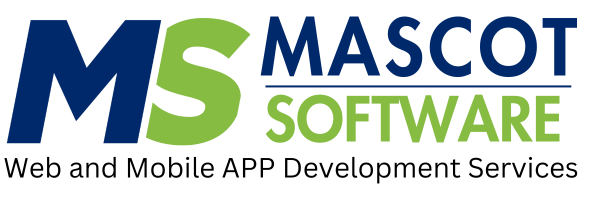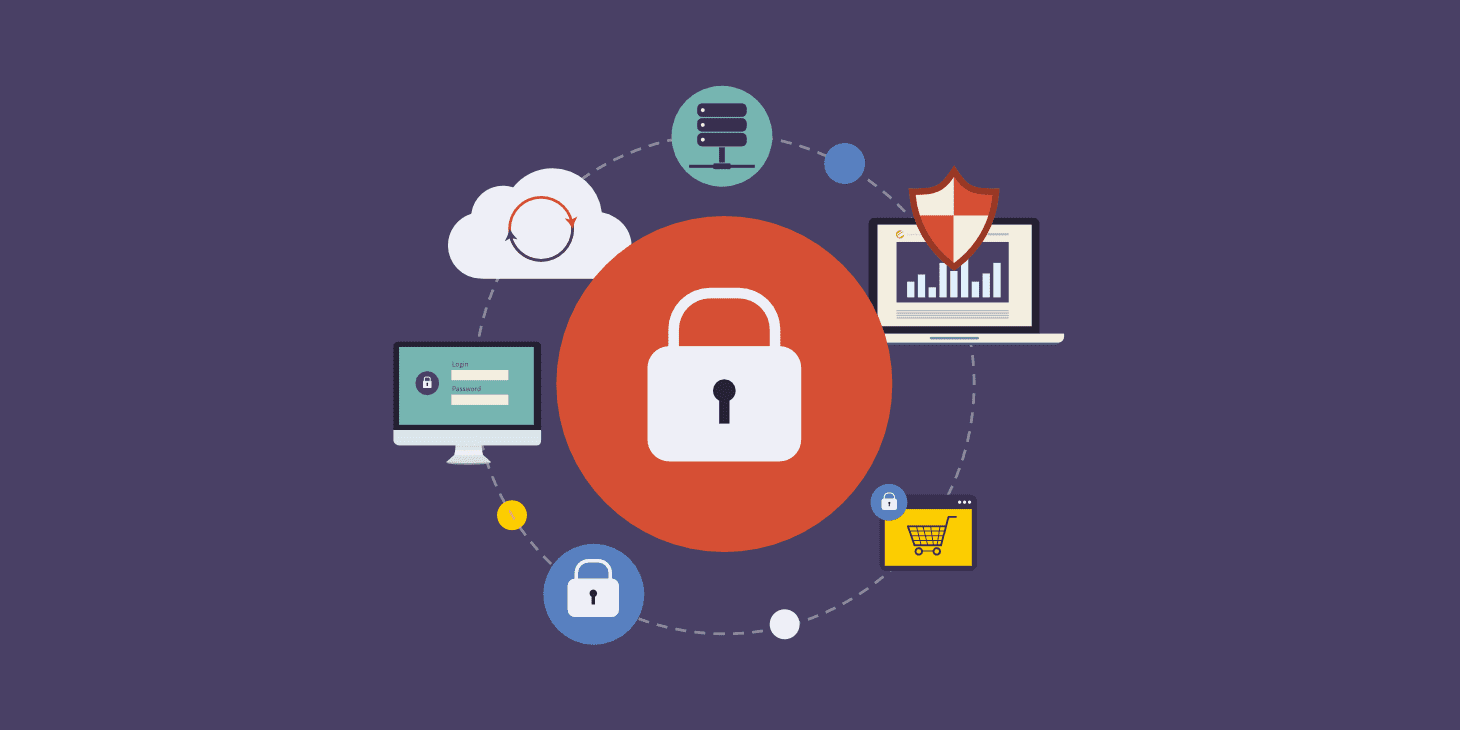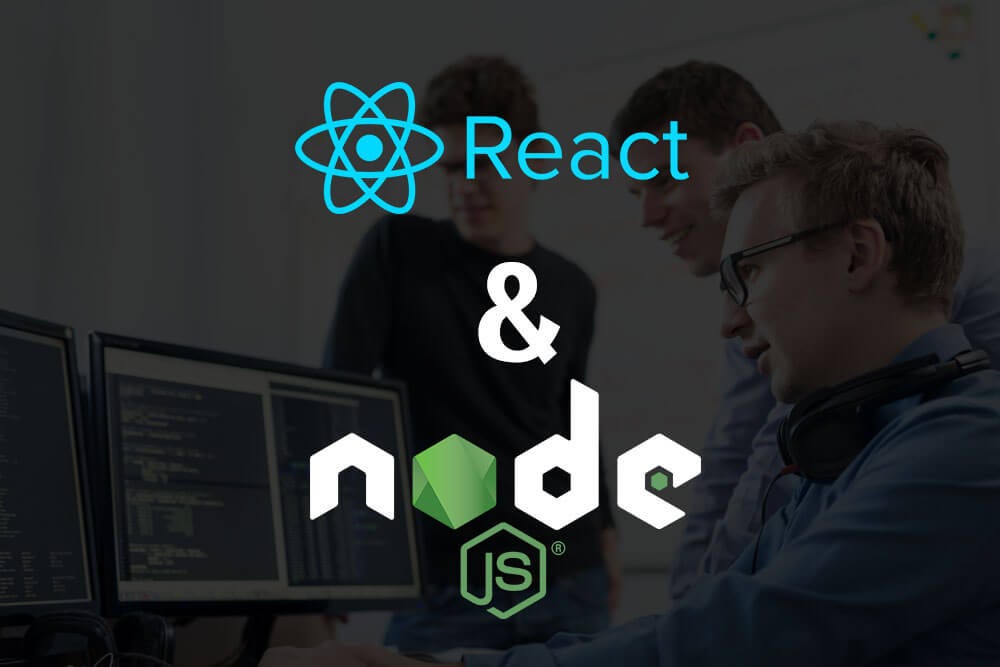.jpg)
What is Socket.IO?
Socket.IO is a JavaScript library that enables real-time, bidirectional, and event-based communication between web clients and servers. It consists of two parts:
- Client-side library: Runs in the browser.
- Server-side library: Runs on Node.js.
Socket.IO abstracts the complexities of real-time communication by providing a simple and consistent API for WebSocket, long polling, and other transport mechanisms.
Why Use PHP with Socket.IO?
PHP is a widely used server-side scripting language known for its ease of use and extensive ecosystem. By integrating PHP with Socket.IO, you can leverage PHP for handling business logic and data management while using Socket.IO for real-time communication. This combination allows you to:
- Build Real-Time Features: Implement chat, notifications, and other real-time features seamlessly.
- Enhance User Experience: Provide instant feedback and updates to users.
- Leverage Existing PHP Code: Utilize your existing PHP codebase and skills.
Getting Started
To develop a chat application with PHP and Socket.IO, we'll follow these steps:
- Set up a Node.js server for Socket.IO.
- Create a PHP backend for handling user authentication and data storage.
- Develop a frontend with HTML, CSS, and JavaScript to interact with the chat server.
Step 1: Setting Up the Node.js Server
First, ensure you have Node.js installed on your system. Then, create a new directory for your project and initialize it with npm:
mkdir chat-app cd chat-app npm init -y
Install the necessary dependencies:
npm install express socket.io
Create a file named server.js and set up the Node.js server:
// server.js const express = require('express'); const http = require('http'); const socketIo = require('socket.io'); const app = express(); const server = http.createServer(app); const io = socketIo(server); io.on('connection', (socket) => { console.log('A user connected'); socket.on('chat message', (msg) => { io.emit('chat message', msg); }); socket.on('disconnect', () => { console.log('A user disconnected'); }); }); server.listen(3000, () => { console.log('Server is listening on port 3000'); });
Run the Node.js server:
node server.js
Step 2: Creating the PHP Backend
For simplicity, let's create a basic PHP backend that serves as the authentication endpoint. In a real-world application, this backend would handle user authentication, data storage, and other business logic.
Create a file named index.php:
<?php session_start(); if ($_SERVER['REQUEST_METHOD'] == 'POST') { $username = $_POST['username']; $_SESSION['username'] = $






